Delta Lithium Mineral Resources
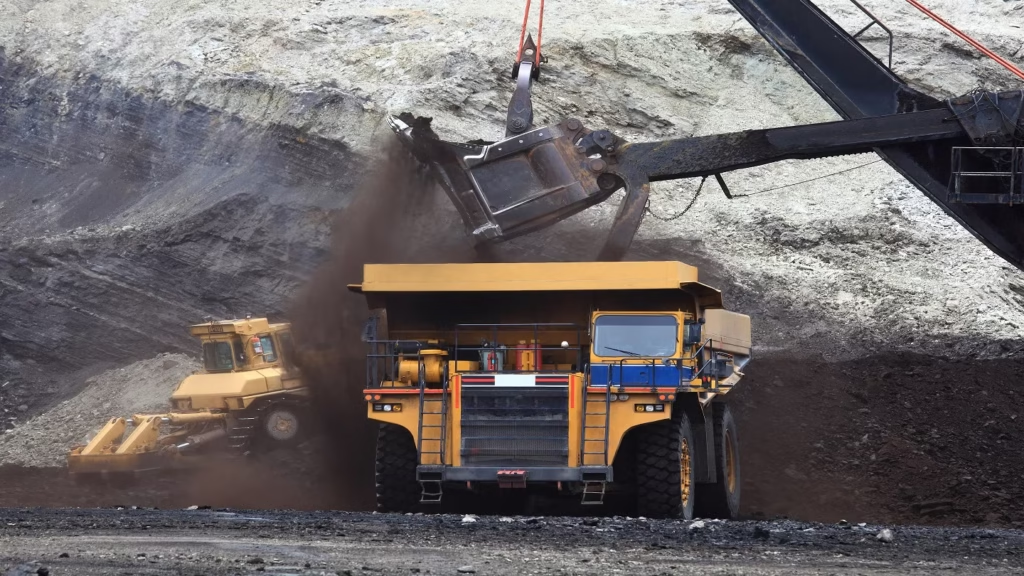
The term “Delta Lithium Mineral Resources” refers to lithium deposits located in deltaic or river delta regions—areas where sediment from rivers creates favorable geological conditions for mineral accumulation. While lithium is more commonly associated with salt flats and hard rock mining, certain deltaic basins show potential for hosting lithium-rich brines or clays.
Here’s a breakdown of what delta lithium resources are, where they occur, and their growing significance in the global lithium supply chain.
1. What Are Delta Lithium Resources?
Delta lithium resources refer to lithium-bearing formations found in sedimentary basins formed by river deltas. These regions can develop lithium-rich brines or lithium-absorbing clays due to the unique geochemical interactions between freshwater and saltwater environments, along with long-term mineral deposition.
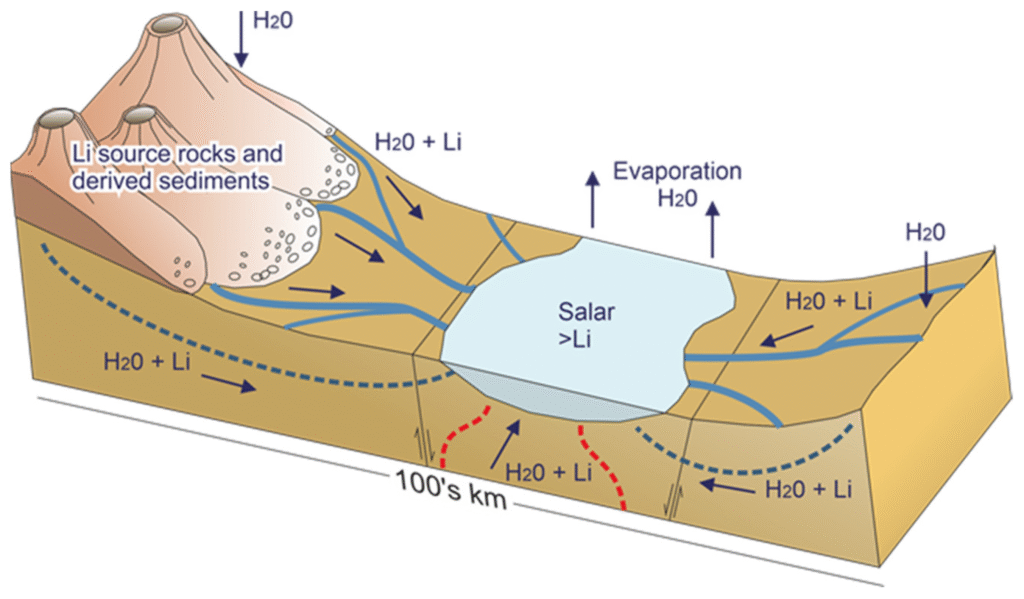
2. Key Regions with Delta Lithium Potential
Certain river deltas, especially in areas with volcanic or geothermal activity, are being explored for lithium potential. Notable examples include parts of the Mississippi River Delta in the U.S., the Pearl River Delta in China, and other coastal sedimentary basins. These areas are being studied for lithium in subsurface brines and clay deposits.
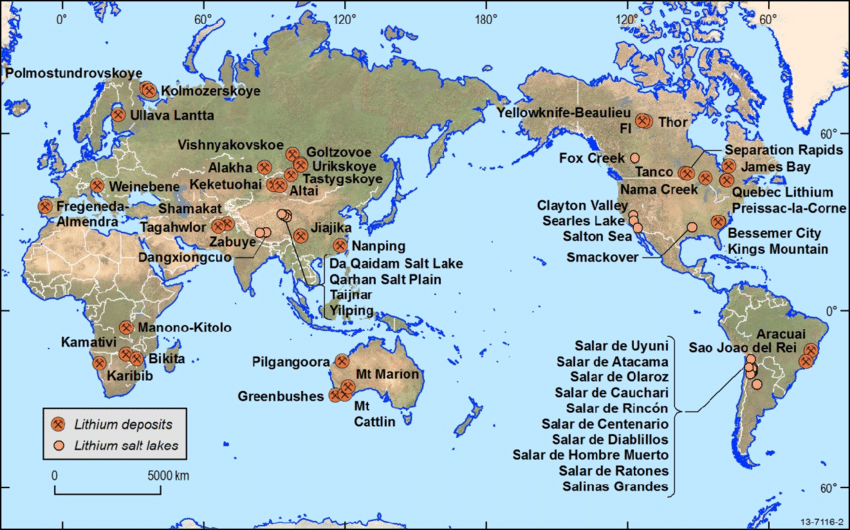
3. Extraction Methods in Delta Lithium Deposits
Lithium extraction in delta regions typically involves pumping brine from deep sedimentary layers or processing lithium-rich clays. Unlike traditional salt flats, delta environments may require more advanced drilling and separation technologies due to deeper and more complex geology.
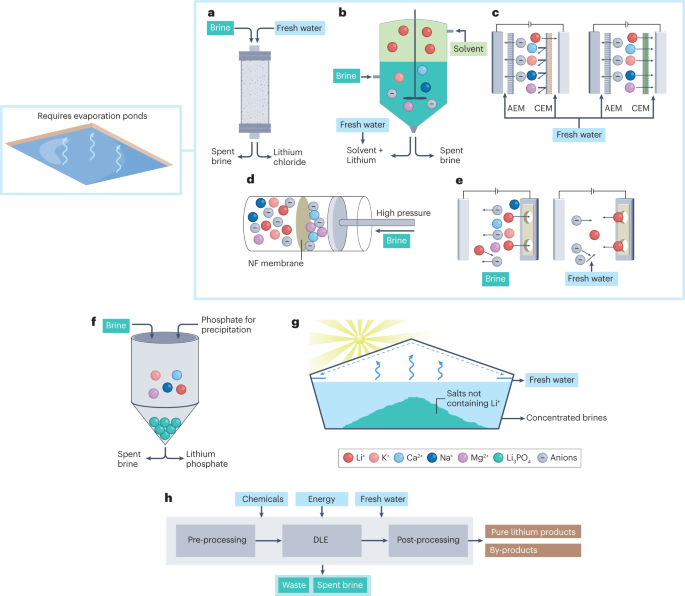
4. Economic and Strategic Importance
As global demand for lithium rises due to electric vehicle and battery production needs, alternative sources like delta lithium resources are becoming more strategically important. Developing these resources can diversify supply chains and reduce reliance on traditional lithium-producing regions.
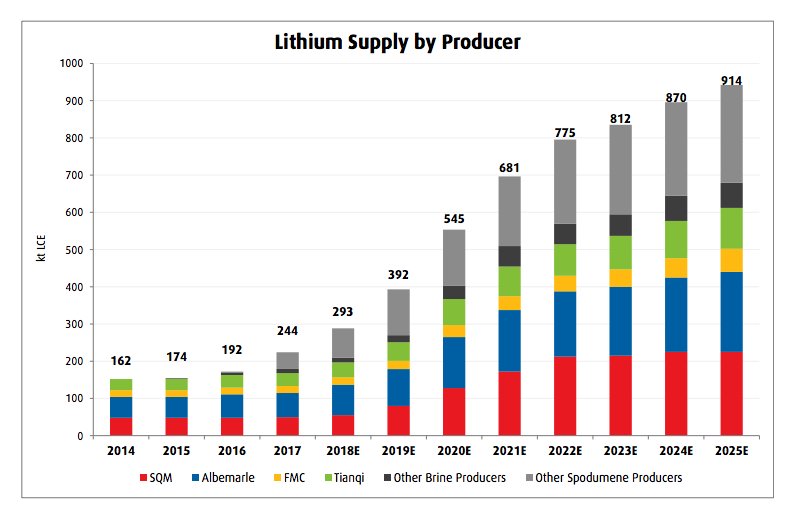
5. Environmental Considerations
Extracting lithium from delta areas must be done responsibly to avoid ecological disruption. These regions are often ecologically sensitive due to their proximity to rivers and coastal ecosystems. Sustainable extraction methods and thorough environmental assessments are crucial for future development.
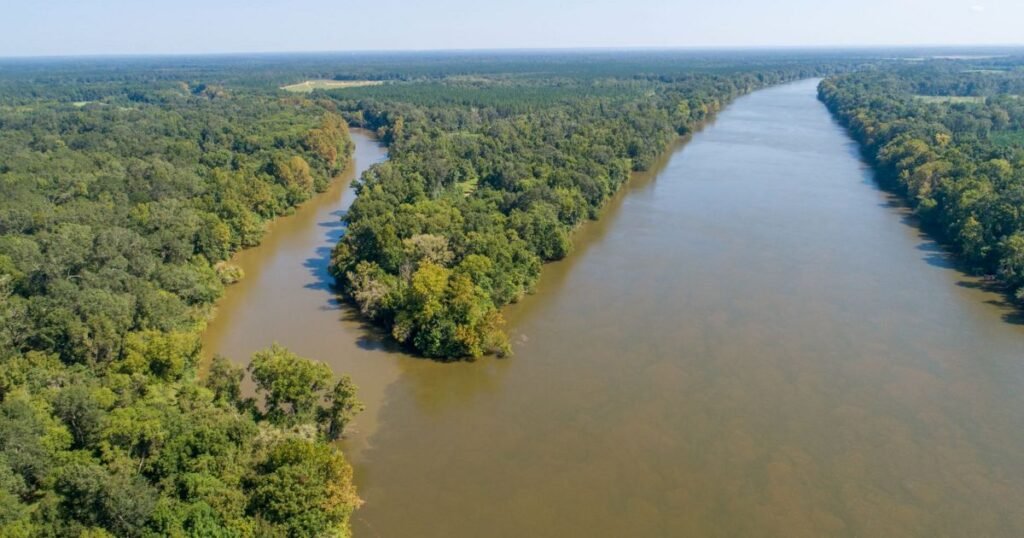
FAQs
Q1: Are delta lithium resources economically viable?
A1: Some delta lithium projects are in early exploration phases. Viability depends on lithium concentration, extraction costs, and environmental impact assessments.
Q2: Where are the largest delta lithium deposits found?
A2: The Mississippi River Delta (USA) and Pearl River Delta (China) are among the regions showing lithium potential in subsurface brines.
Q3: How is lithium extracted from delta regions?
A3: Lithium is typically extracted from brines via pumping and evaporation or from clays using leaching processes, depending on the deposit type.
Conclusion
Delta lithium mineral resources represent a promising but less-explored frontier in the global lithium market. As traditional sources face increasing demand and competition, deltaic basins may offer new opportunities for sustainable lithium production. Continued research and responsible development will be key to unlocking their full potential.

